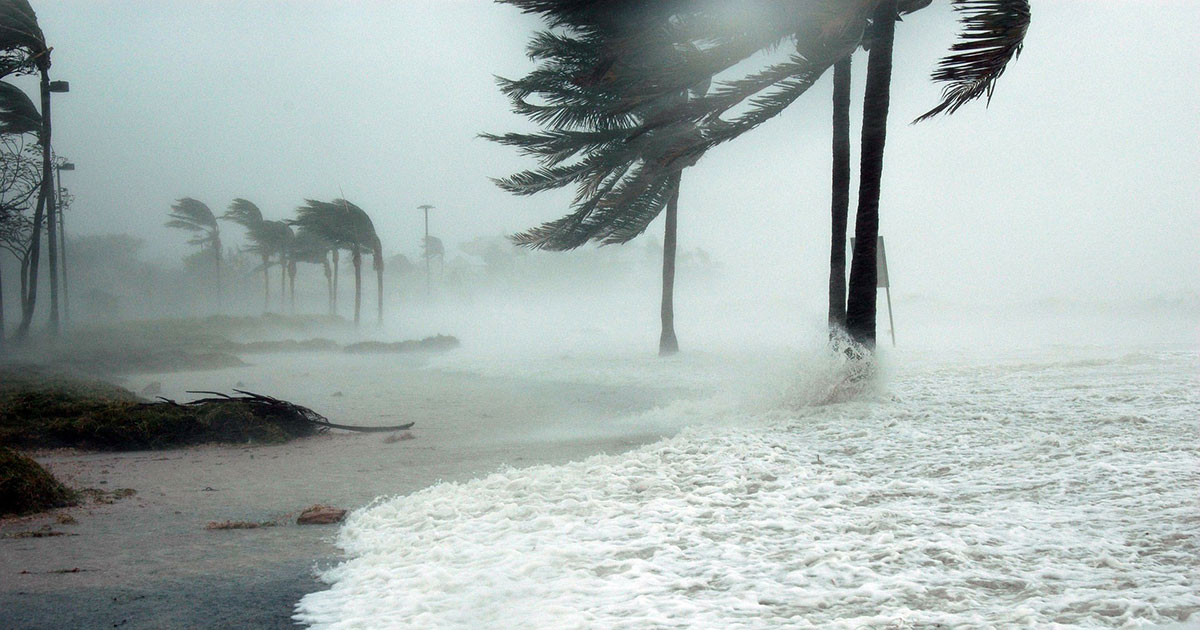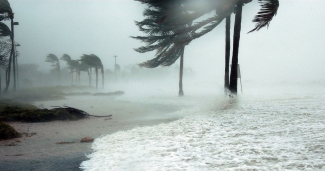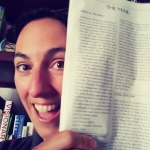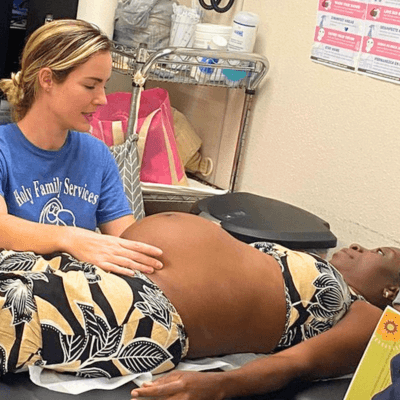Barely Recovering from Irma, Puerto Rico Health Centers Brace for Maria

[Editor’s note: Our thoughts and prayers are with our Puerto Rico colleagues and their patients as Hurricane Maria batters the island this morning. Here’s an update from our frequent collaborator Daniel Ramos, MPHE, who we spoke with yesterday.]
When Daniel Ramos, MPHE, from the Primary Health Care Association of Puerto Rico, picked up the phone yesterday, he sounded surprisingly upbeat. He asked how I was doing, and I had to admit I was doing quite well. The big question, of course, was how he was doing. He laughed.
“I’m doing well, so far,” he qualified. “It’s almost here -- in a few more hours. I’m now at Costco, picking up a few things.” “It,” of course, is Hurricane Maria, the Category 5 behemoth headed directly for Puerto Rico. “We had been prepared for Irma so now I just need a couple of things for Maria. But we’re okay. My apartment is ready and secure.”
Puerto Rico has barely begun its recovery efforts from Hurricane Irma, which sideswiped the island less than two weeks ago. Maria, however, may result in a head-on collision. Health centers, Ramos said, have been hard at work to be adequately prepared.
As Specialist in Strategies and Partnerships in Health Programs for Puerto Rico’s PCA, Ramos has coordinated closely with health centers in the last two weeks. Immediately after Irma, he opened communication with health centers to develop regular reports determining which health centers were still working off generators, which had extra beds, and what resources were needed. A recently re-tooled coalition of local hospitals, health center sites, and government agencies has played a critical part in assuring smooth and regular communication across the island as Irma played out -- and he anticipates its usefulness as Maria now tests the island’s emergency response preparations.
“After Irma, we received patients from the Virgin Islands,” which had sustained extensive damage and relied on Puerto Rico’s health facilities. “Many of the families had been separated -- some went to one hospital, others to the metropolitan hospital. The coalition, through emails, has been coordinating the patients, so they could better communicate with the families,” Ramos said, highlighting an area in which the coalition’s strong network bettered patient care after Irma. He hopes the same will be true after Maria. The coalition is split up regionally, he said, and works through both text and email, in the case that email is down. After Irma, Ramos reported that within three days 75 percent of the island had regained electricity; 15 of the 20 health centers were operational with full power from the grid, with the remaining health centers running on generators. One migrant health clinic in the center of the island was out of communication for a full week, as the strong winds pulled down major power lines locally. But Ramos was impressed with the speed of recovery and the open lines of communication overall, that kept Irma from disrupting the provision of health care services and gave the island an important test run of its emergency response protocol ahead of Maria.
“I called again to see how the health centers are doing, and most of them… are getting prepared for the worst. They’re making sure they have all their employees’ contact information, using WhatsApp and texts to communicate in case the internet doesn’t work. Employees are instructed which site to go to, so if one [clinic] of a corporation is down, they can report themselves to another clinic,” he explained.
Health centers are also preparing to use Direct Relief, a program that provides medical supplies and medicines after emergencies. Ramos plans to continue to coordinate communication to ensure that health centers around the island are aware of what sites remain open, have supplies, and can serve more patients, as a hurricane tests Puerto Rico once more.
The timing was unfortunate, Ramos said, as health centers planned a four-meeting emergency preparedness drill this week, which had to be canceled as the health centers rush to prepare for the real emergency. Through the coalition, health centers were to run the multi-day drills to demonstrate compliance with new CMS rules; Ramos has been consulting with Puerto Rico health centers after his training in New York on the new rules earlier this year. Under the rules, exercises are to be done twice a year, followed by evaluations of the team’s drills to assure they are ready for emergencies. Unfortunately this time around, Puerto Rico’s health centers don’t get a dress rehearsal. Still in Costco, Ramos fills his cart and hopes for the best.
“It’s getting worse as it gets closer -- there’s more intensity with the winds,” as the edges of Maria’s skirts sweep across the south of the island, Ramos said. “I hope she takes another course.”
- Visit the Puerto Rico Primary Care Association at http://www.saludprimariapr.org.
Like what you see? Amplify our collective voice with a contribution.
Got some good news to share? Send it to us via email, on Facebook, or on Twitter.
Return to the main blog page or sign up for blog updates here.
- Log in to post comments






